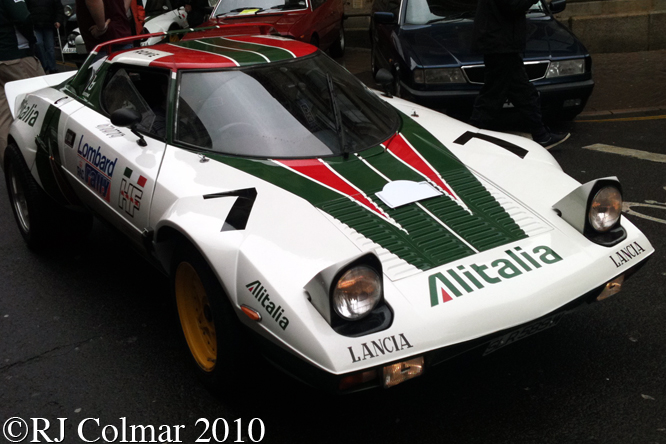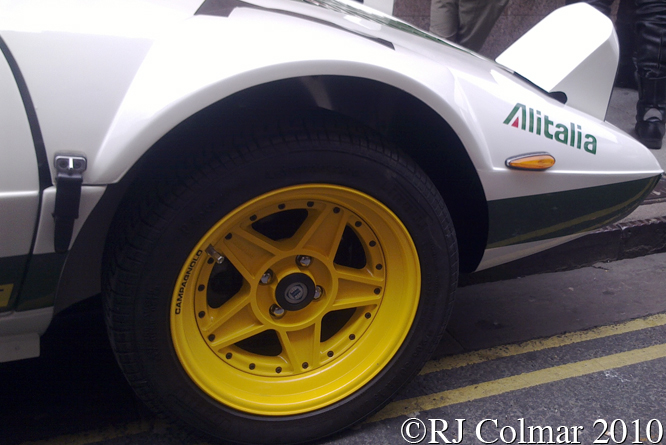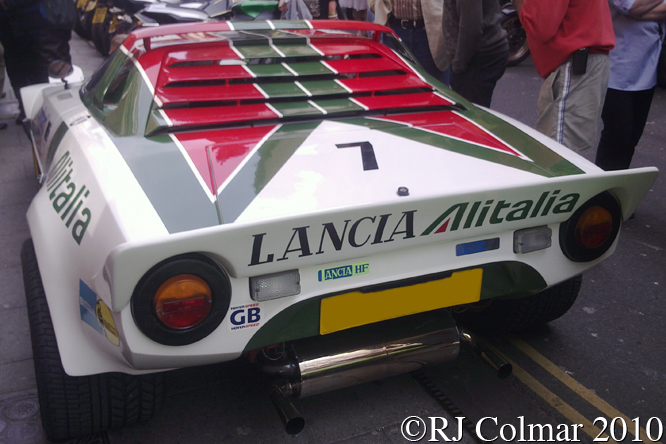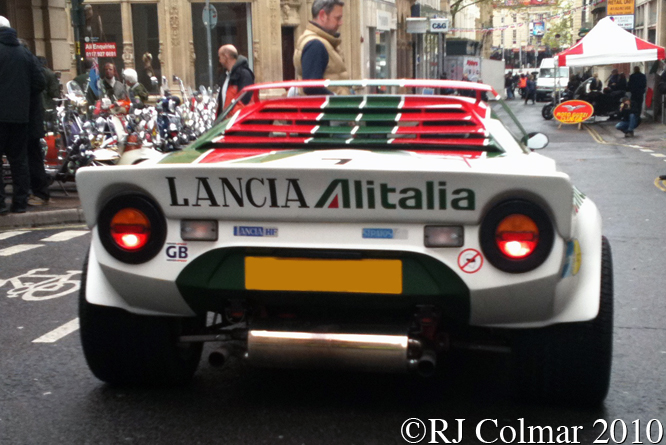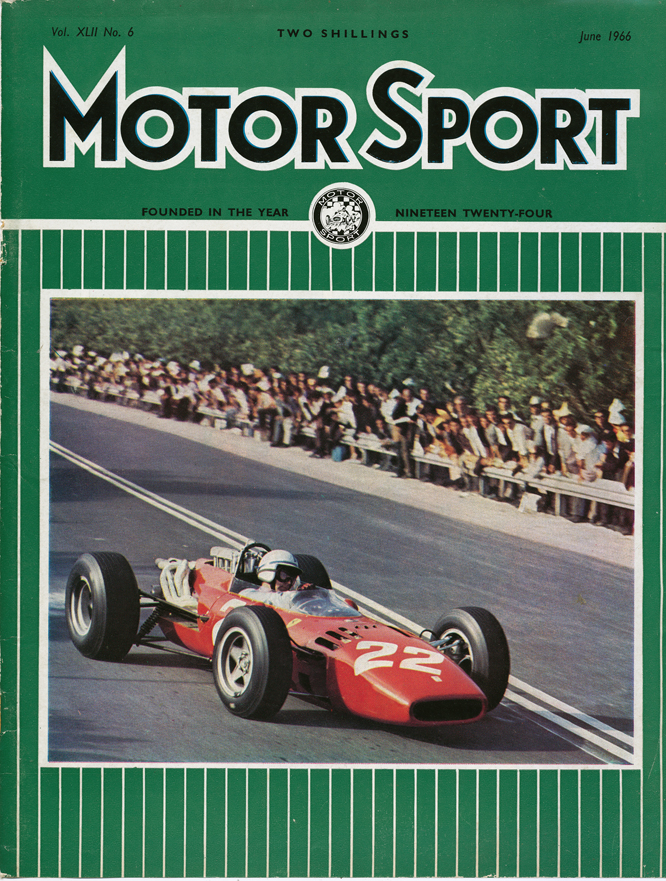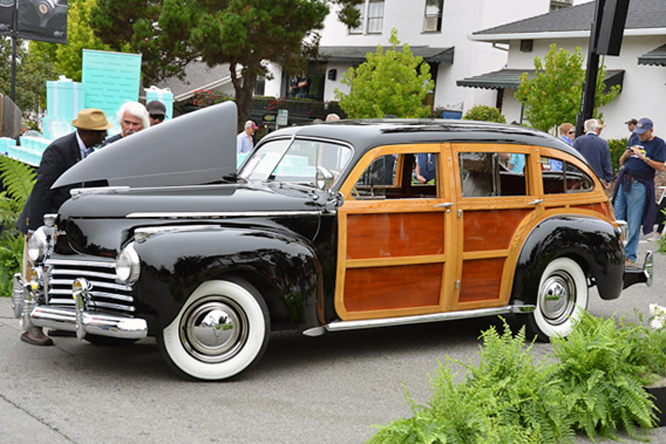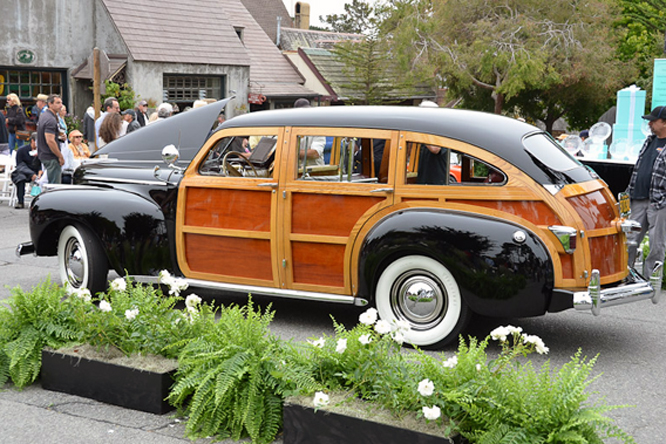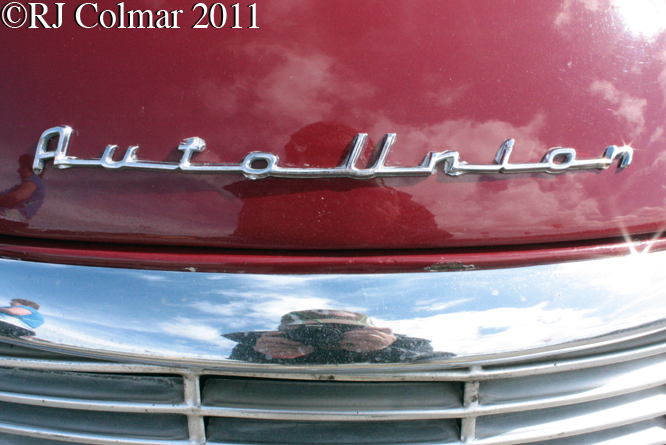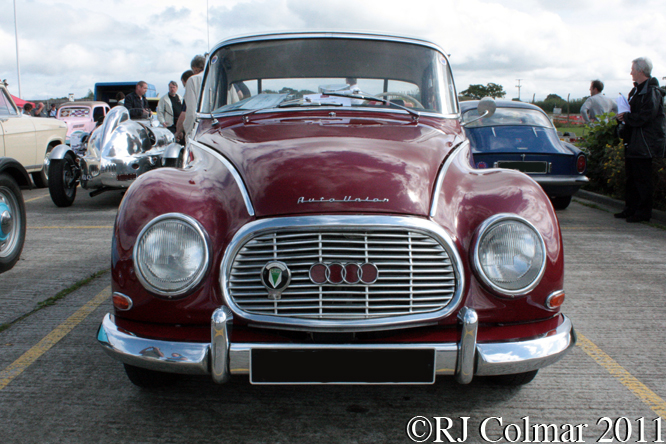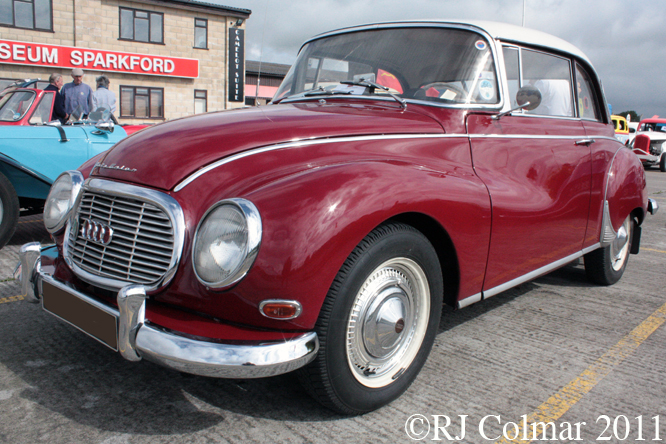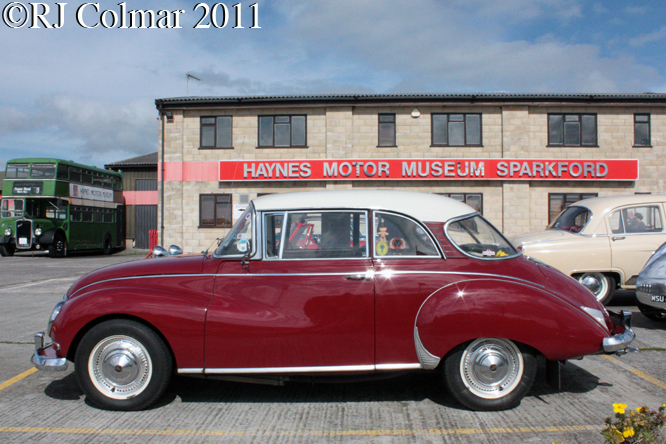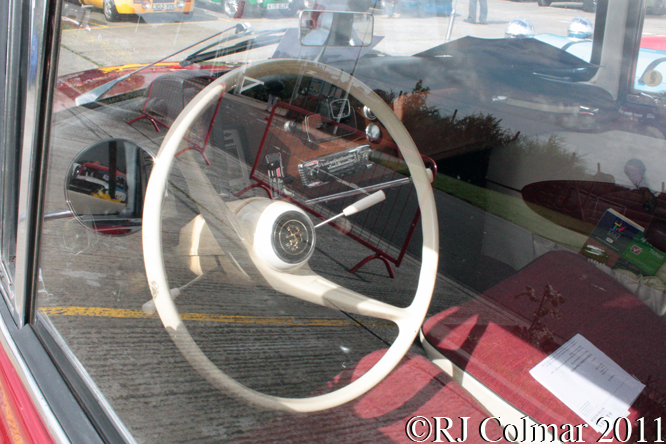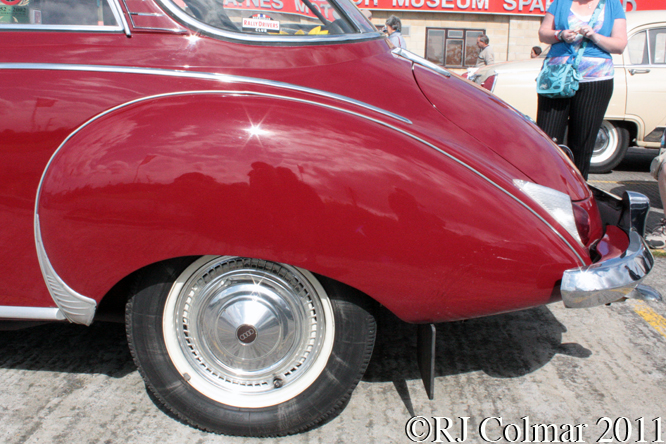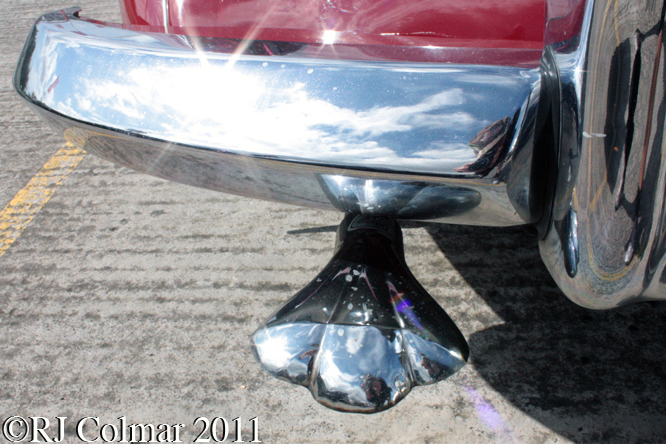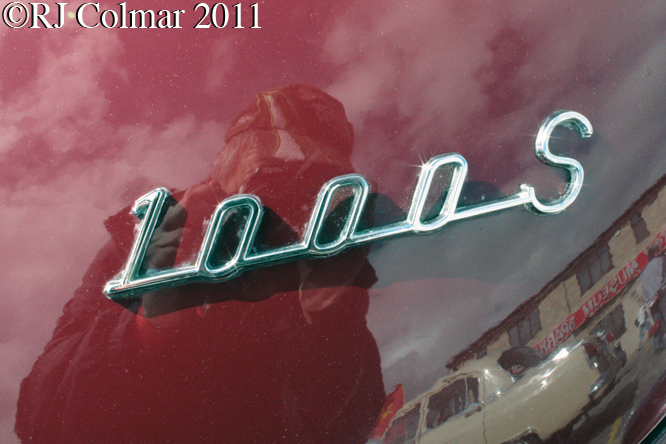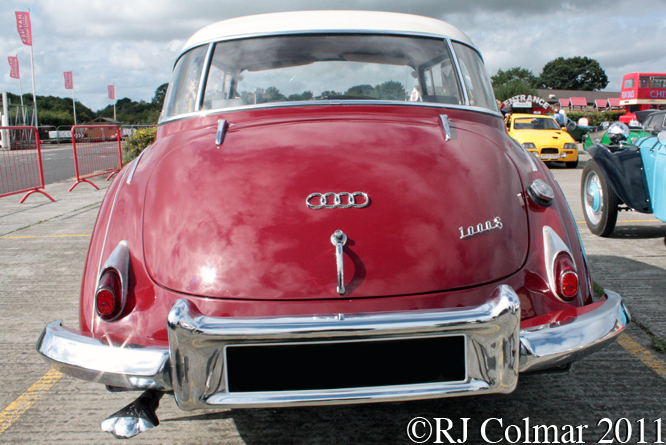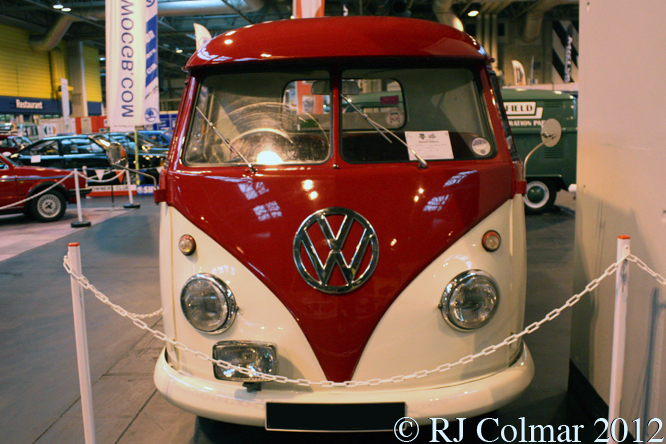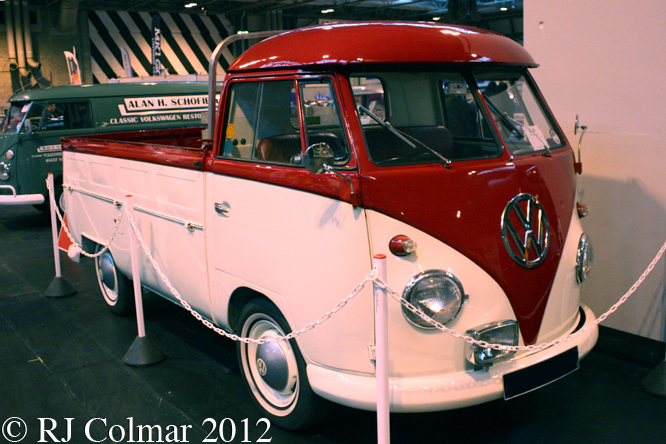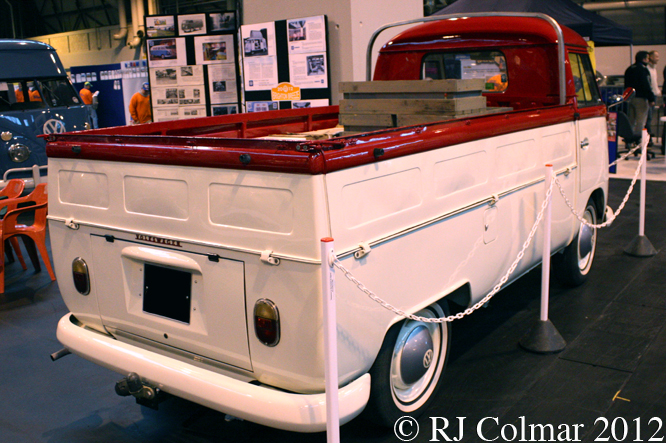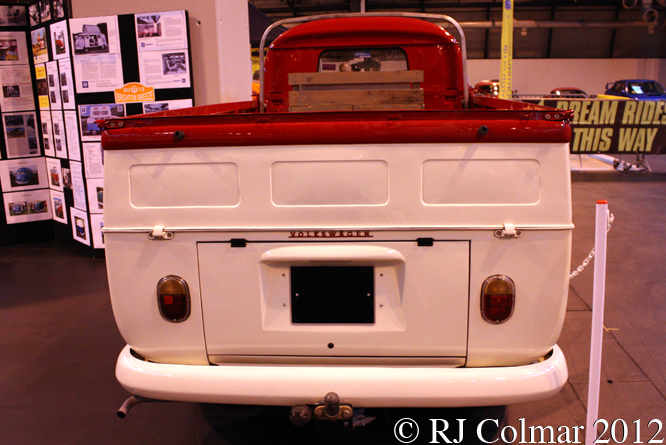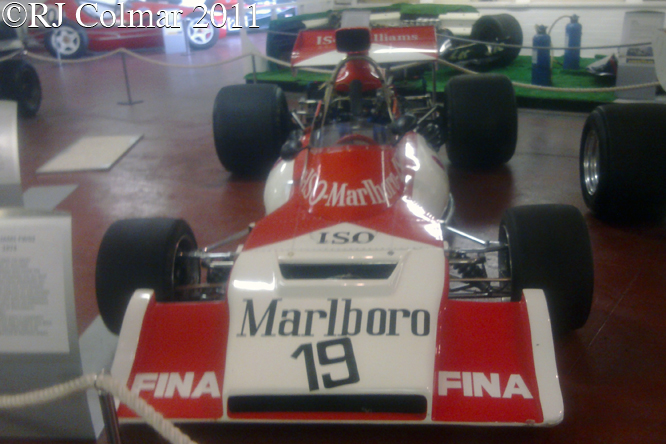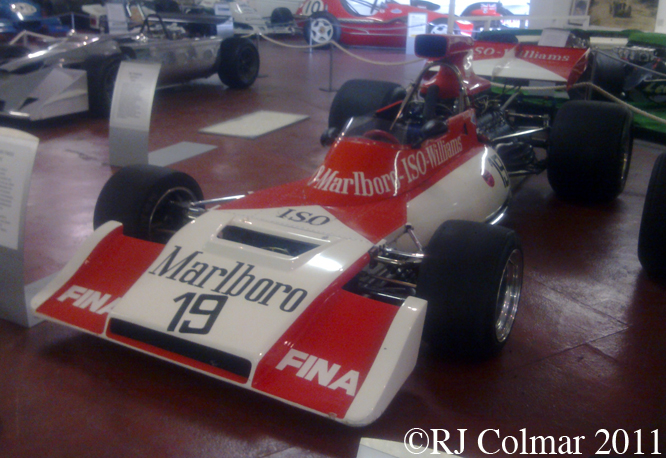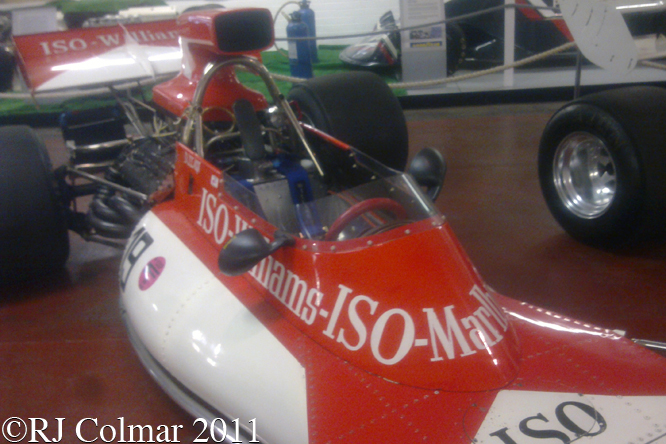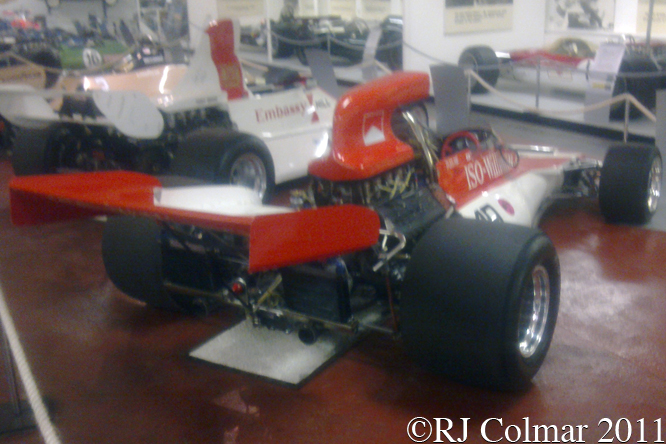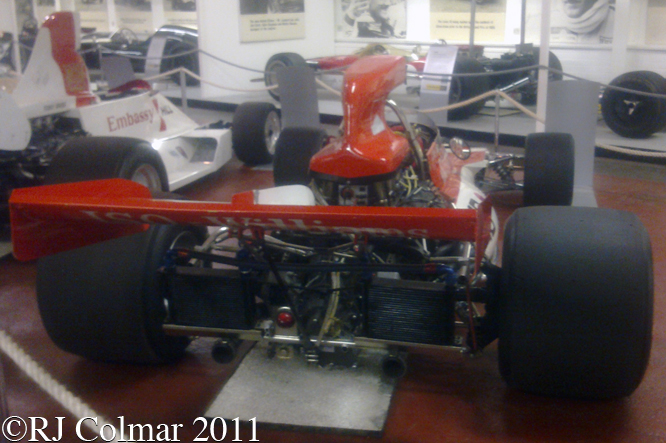Last week I had a look at some of the Ferraris and Porsche 911s marking the 50th Anniversary of the model at Niello Concours at Serano this week Karl Krause’s photographs show some of the other Marques that were represented.
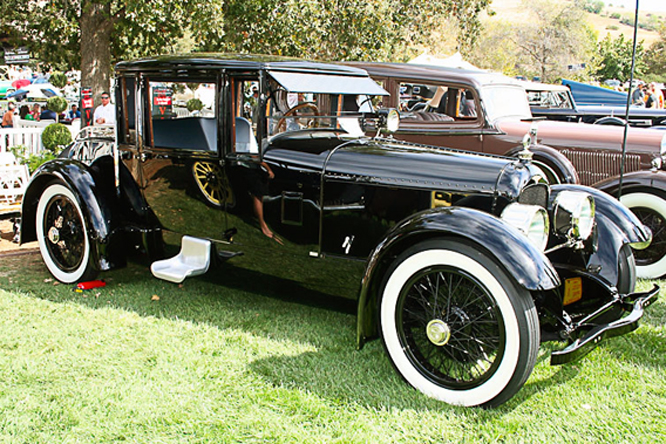
The Duesenberg Brothers were not the greatest businessmen, they had intended to manufacture 100 Model A Coupé’s, like the 1921 example above, a week instead of the 650 manufactured over six years from 1921 to 1927, but they were great engineers. The 100 hp Model A featured a straight 8 motor with over head cam shaft and four valves per cylinder, the Model A also featured hydraulic brakes on all four wheels while rivals like Rolls Royce were still selling customers vehicles of similar weight and performance with two wheel cable operated brakes.
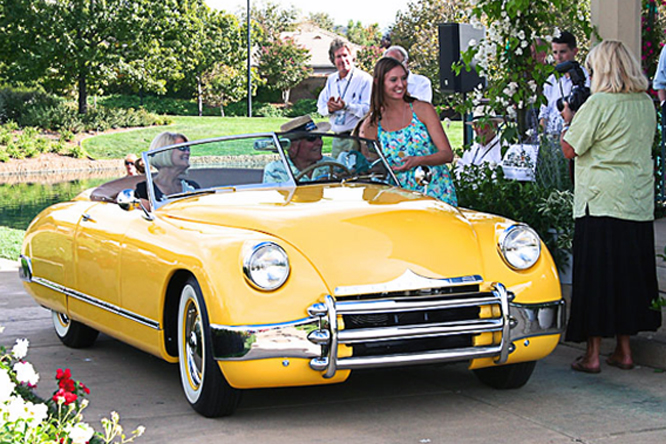
In 1948 Frank Kurtis showed up at the 1948 Indy 500 with a two seat customised 1941 Buick which ran not only an extreme streamlined body but also independent suspension on all four wheels. Public reaction to the vehicle was so encouraging Frank put the car, like the one above, into production, using many Ford components including a Ford V8 with Edelbrock heads, in 1949 one of which, was timed at over 142 mph at Bonneville.
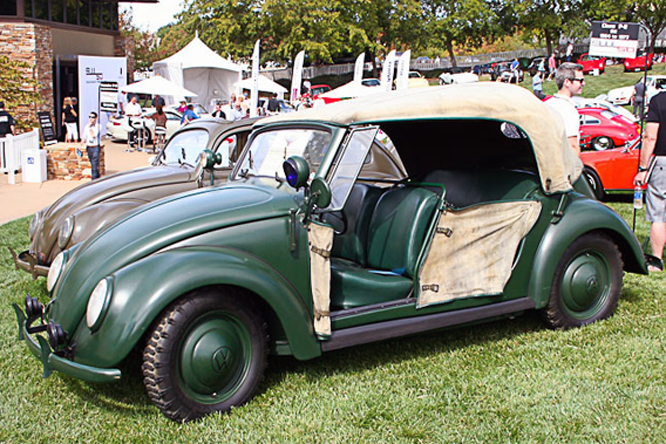
Meanwhile crime fighting authorities in Germany were using stripped down Volkswagen Beetles like the one above in 1949.
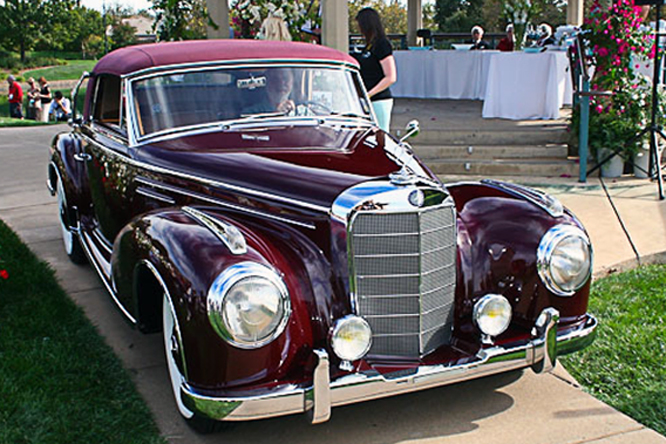
In 1951 Mercedes Benz introduced it’s first post war six cylinder models including the W187 220, which was modeled on the W153 dating back to 1938. The curved windscreen on the example seen above indicates that this is a two door two seat 220 Cabriolet A manufactured between 1953 and 1955 when the W187 series cars were replaced by the ponton bodied W105/W180 series cars.
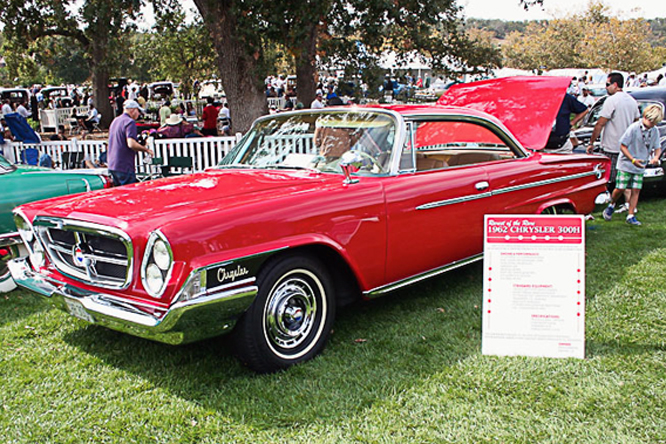
By 1962 the Chrysler letter series were becoming a tough sell, only 435 Chrysler 300H coupés, like the one above, were built as the rest of the Chrysler 300 range could be ordered with many of the features that had been previously exclusive to the letter range.
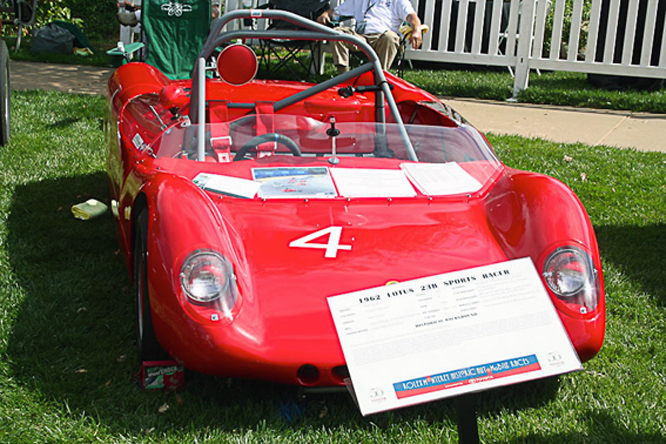
In 1962 over 130 Lotus 23’s, like the one above, were built that are known to have been entered in over 600 national and international events and recorded over 110 outright victories and a more than a further 130 class victories up to the Kyalami 9 hours in 1981. The history of this particular car is not known to me at the time of writing, if you know anything about it, please do not hesitate to chime in below.
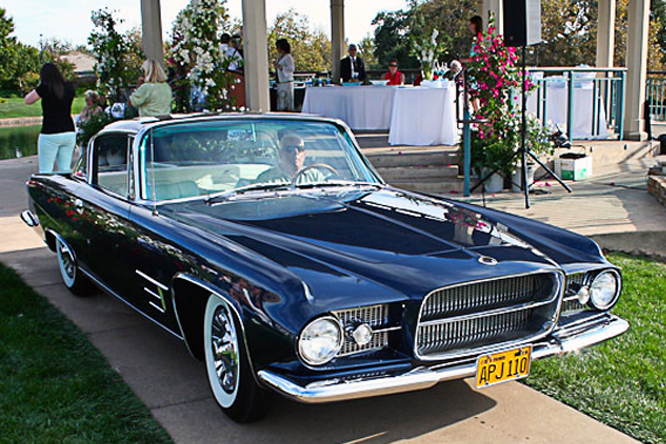
Production of the original Dual Ghia ceased production in 1958 after each of the cars built lost money, in 1961 Eugene Casaroll started building an updated Dual Ghia L.6.4 model like the one above, with a 335 hp 6.4 litre / 383 cui Mopar sourced V8, however production came to halt for the same financial reasons in 1963.
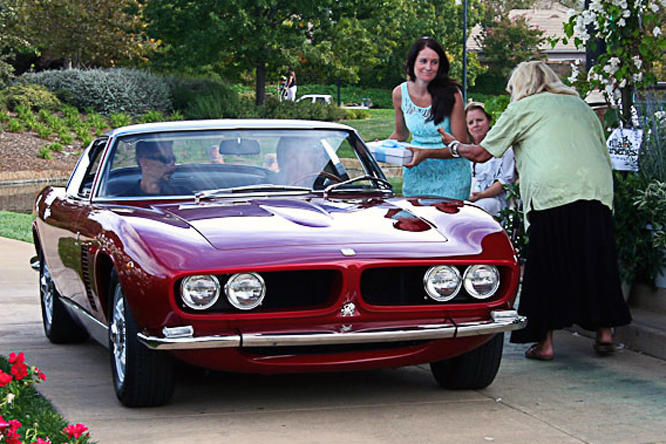
Like the Dual Ghia the Giotto Bizzarrini designed Iso Griffo, like the example seen above, first seen in 1963 used many proprietary parts though these were sourced from GM including the 400 hp blueprinted Chevrolet small block V8 of the type more commonly found in the Corvette.
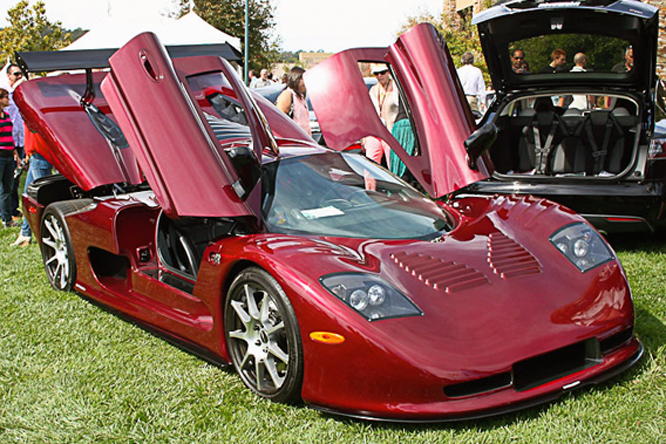
Exact numbers of Mosler MT900’s are hard to pin down but it seems safe to say the 2010 example above is one of less than 100 road & race versions built between 2001 and 2011.
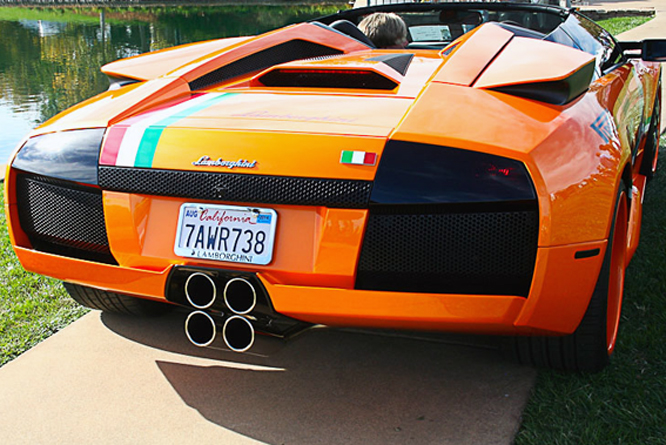
2013 marks the 50th Anniversary of the diversification of Lamborghini from agricultural machinery manufacture into road car manufacture, above is a Murciélago Roadsters at the time of writing I’m not sure of it’s age or exactly which of the Murciélago Roadster variants this is, I suspect the exhaust is a giveaway if you know the model please chip in below.
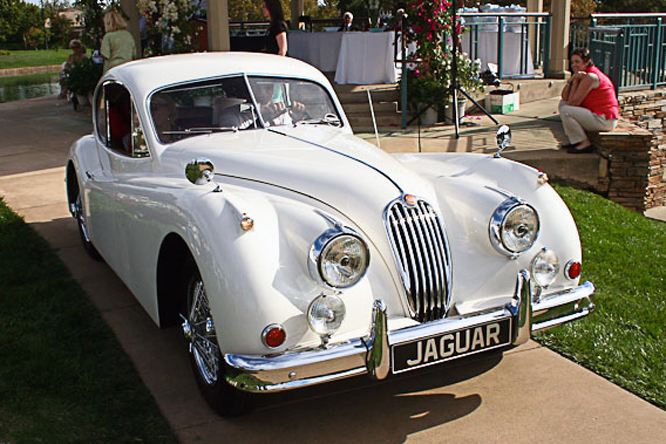
Finally despite finishing first in class Geoffrey Horton missed out on getting a coveted SCCA ring with his Jaguar XK140 FHC SE MC which was restored from a rats nest 28 years ago. He will be sitting SCCA events next year but will continue attending non SCCA sanctioned events next year.
My thanks to Geoffrey Horton for this seasons many photographs he has shared from the California Concours d’Elegance scene and to Karl Krause for sharing today’s photographs.
Thanks for joining me on this “On The Green” edition of “Gettin’ a li’l psycho on tyres” I hope you will join me again tomorrow when I’ll be looking at the first of a series of four US station wagons. Don’t forget to come back now !
